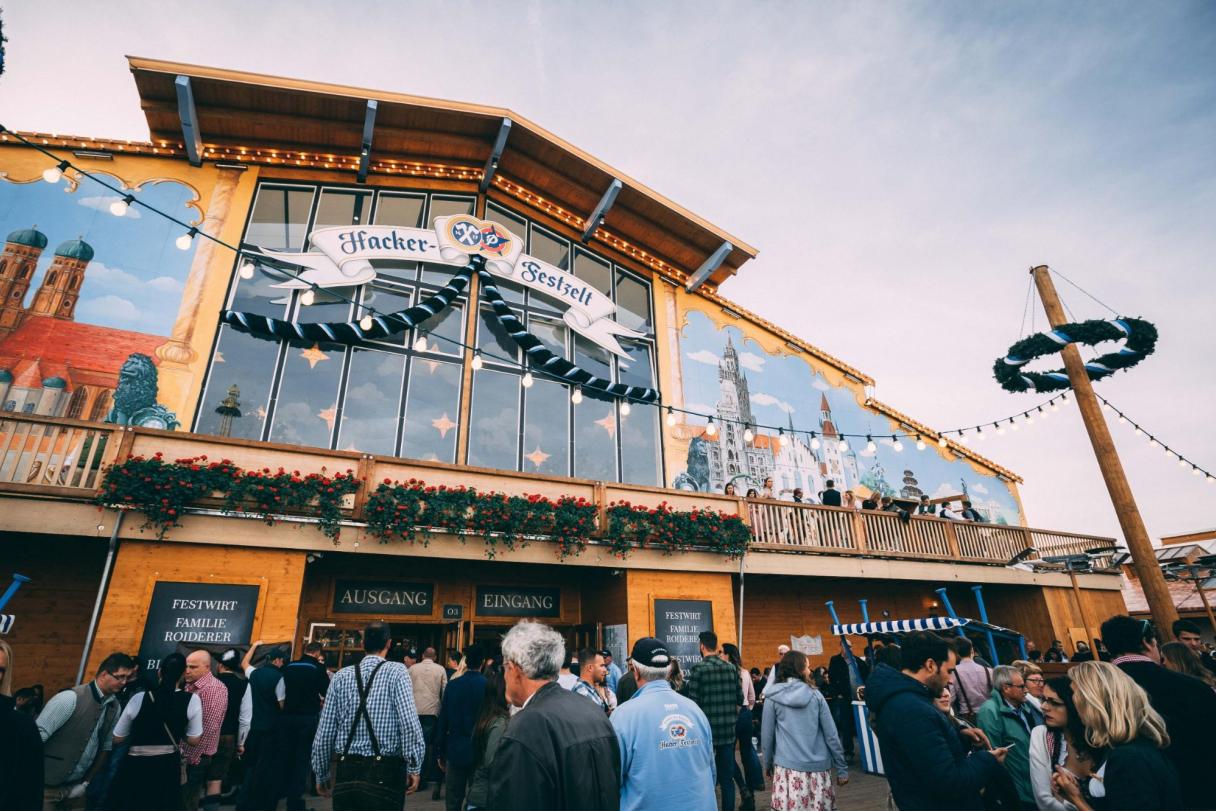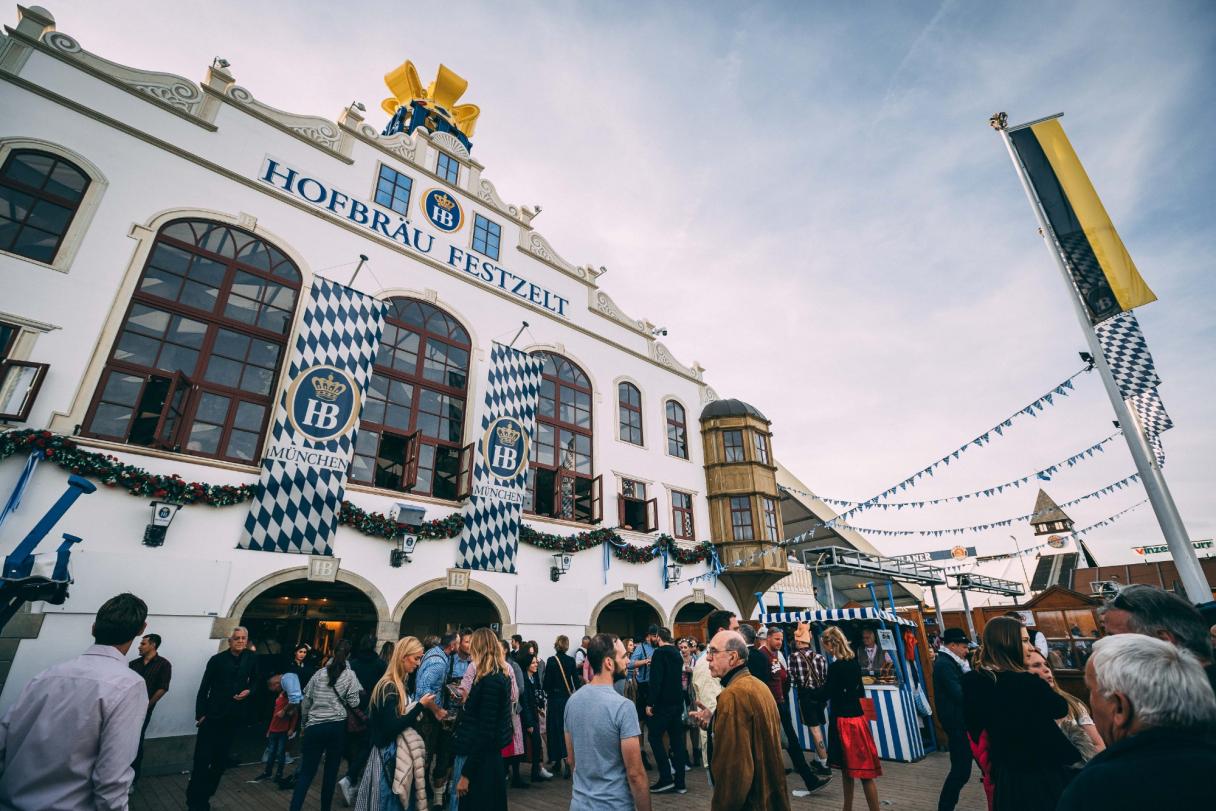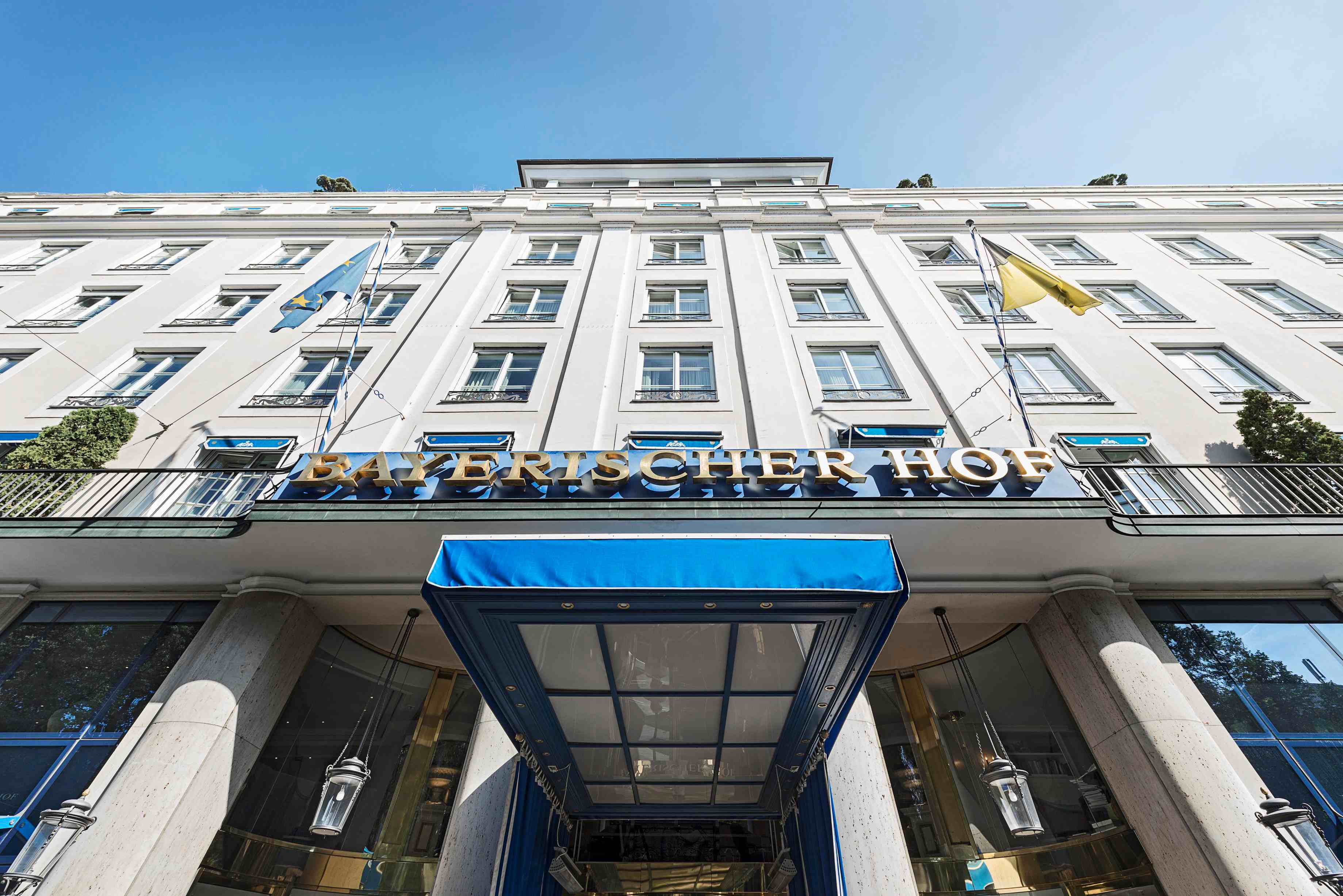Oktoberfest
Late September to 1st Weekend in October
/
Theresienwiese, Munich, Germany
Every year, millions of people from around the globe descend on Munich, Germany, for a festival that has become synonymous with Bavarian culture: Oktoberfest. This iconic event, which traditionally runs from late September to the first weekend in October, is a celebration of beer, food, music, and camaraderie. As the world’s largest Volksfest (folk festival), Oktoberfest is a testament to Germany’s rich traditions and vibrant cultural heritage.
Oktoberfest in Munich is a celebration like no other. It’s a time when the city’s rich history, vibrant culture, and love for beer come together in a spectacular display of festivity and joy. Whether you’re a beer enthusiast, a food lover, or simply someone looking to experience one of the world’s greatest cultural events, Oktoberfest offers something for everyone. So raise your Maßkrug, join in the chorus of “Ein Prosit,” and immerse yourself in the magic of Oktoberfest. Prost!
A Brief History of Oktoberfest
The origins of Oktoberfest can be traced back to October 12, 1810, when Crown Prince Ludwig (later King Ludwig I) married Princess Therese of Saxe-Hildburghausen. To celebrate the royal wedding, a grand horse race was organized in the fields in front of the city gates. The event was such a success that it was decided to repeat it the following year, thus laying the foundation for what would become an annual tradition.
Over the years, Oktoberfest evolved from a simple horse race into a grand festival featuring agricultural shows, parades, amusement rides, and, of course, beer. The event was moved to September to take advantage of the longer, warmer days, with the festivities traditionally concluding on the first Sunday of October.
The Heart of the Festival: Beer
Oktoberfest is undoubtedly most famous for its beer. The festival features six Munich-based breweries, known as the Big Six: Augustiner, Hacker-Pschorr, Hofbräu, Löwenbräu, Paulaner, and Spaten. These breweries produce a special Oktoberfestbier, a Märzen-style lager that is slightly stronger than the average beer, with a rich malt flavor and a smooth finish.
The beer is served in large, one-liter mugs known as Maßkrüge, and only beer conforming to the Reinheitsgebot (the German Beer Purity Law of 1516) and brewed within the city limits of Munich is allowed at the festival. The beer tents, or Festzelte, are where the action happens. Each tent is unique, offering different atmospheres, music, and culinary specialties. The largest tents can accommodate up to 10,000 people, creating a lively and convivial atmosphere.

Buy Tickets
General Admission
One of the great things about Oktoberfest is that entry to the festival grounds, known as Theresienwiese, is free. You can wander through the beer tents, enjoy the rides, and partake in the general festivities without needing a ticket. However, finding a seat in one of the popular beer tents, especially during peak times, can be challenging without a reservation.
Booking Tables
If you want to secure a spot inside one of the beer tents, especially if you’re with a group, booking a table in advance is highly recommended. Here’s how to go about it:
Choose a Tent
Each of the 14 large beer tents at Oktoberfest has its own unique atmosphere, food, and music. Research the tents to find the one that suits your preferences. Popular tents include Schottenhamel, Hofbräu-Festzelt, and Hacker-Festzelt.
Make a Reservation
Reservations are typically made directly with the tent operators. Each tent has its own reservation system, often accessible via their official websites. Start planning early, as reservations open many months in advance and can fill up quickly.
Visit the official Oktoberfest website or the individual tent websites for reservation details and contact information.
Reservation Costs
While entry to Oktoberfest is free, reservations usually require a minimum spend per person, which covers food and drink vouchers. The cost varies depending on the tent and the time of your visit. Be prepared to pay a deposit or the full amount upfront.
Booking Tips
- Book as early as possible, ideally several months in advance.
- If you’re flexible, consider visiting during weekdays or during the day when it’s less crowded.
- For smaller groups or solo visitors, it’s often easier to find space without a reservation, especially if you arrive early.
Without a Reservation
If you don’t have a reservation, don’t worry—you can still enjoy Oktoberfest. Here are some tips for finding a spot:
Arrive Early
On weekends, it’s best to arrive when the tents open (around 10 AM) to find a seat. On weekdays, arriving before mid-afternoon increases your chances of getting a spot.
Be Flexible
Be open to sharing tables with others. The communal aspect is part of the fun, and you’ll likely meet people from all over the world.
Weekdays and Off-Peak Times:
Visit during weekdays or early in the day when the tents are less crowded. Midweek afternoons are usually quieter than evenings and weekends.
Special Events and VIP Packages
For a more exclusive experience, consider VIP packages or special event tickets offered by some tents and tour operators. These packages often include reserved seating, a dedicated host, and additional perks like guided tours or behind-the-scenes access.
Festivities & Attractions
While beer is the star of the show, Oktoberfest offers a wide range of attractions and activities that cater to all ages and interests. Here are some of the highlights:
Traditional Parades
The festival kicks off with the grand entry of the Oktoberfest landlords and breweries, known as the “Einzug der Wiesnwirte.” This colorful parade features horse-drawn beer wagons, marching bands, and participants in traditional Bavarian attire, such as dirndls and lederhosen.
Another highlight is the “Trachten- und Schützenzug,” a parade showcasing traditional costumes and marksmen. This event, which takes place on the first Sunday of the festival, includes over 8,000 participants from across Germany and Europe, providing a vivid display of Bavarian culture and heritage.
Amusement Rides and Games
Oktoberfest boasts an impressive array of amusement rides and games, catering to thrill-seekers and families alike. From classic carousels and Ferris wheels to modern roller coasters and funhouses, there’s something for everyone. The historic “Krugläufer,” a beer mug ride, and the “Teufelsrad,” a spinning wheel attraction, are perennial favorites.
Food Delights
Oktoberfest is also a feast for the taste buds, offering a mouth-watering array of traditional Bavarian dishes. Visitors can indulge in hearty specialties such as roast chicken (Hendl), pork knuckles (Schweinshaxe), sausages (Würstl), pretzels (Brezn), and potato pancakes (Reiberdatschi). Sweet tooths will enjoy treats like gingerbread hearts (Lebkuchenherzen), apple strudel, and candied almonds.
Music and Entertainment
Music is an integral part of the Oktoberfest experience, with each beer tent featuring its own live bands. The music ranges from traditional Bavarian folk songs and oompah bands to contemporary hits, creating an infectious atmosphere that encourages singing, dancing, and revelry. Visitors are often seen standing on benches, swaying to the music, and toasting with their Maßkrüge.
The Tents: A Closer Look
Each of the fourteen large beer tents at Oktoberfest has its own unique character and charm. Here are a few of the most popular ones:
Armbrustschützenzelt
Known for its crossbow competitions, this tent offers a traditional Bavarian experience with hearty food and Paulaner beer.
~7,400 seats
Augustiner Festhalle
Loved by locals for its traditional wooden kegs that enhance the flavor of the beer, this tent has a warm, family-friendly atmosphere and serves Augustiner beer.
~8,500 seats
Festzelt Tradition
Located in the Oide Wiesn section, this tent offers a glimpse into historical Oktoberfest with traditional decor, music, and folk dancing.
~5,000 seats
Fischer-Vroni
Famous for its fish dishes, especially the Steckerlfisch (grilled fish on a stick), this tent offers a more relaxed environment and serves Augustiner beer.
~3,000 seats
Hacker-Festzelt
Dubbed the “Heaven of Bavarians,” this tent is renowned for its beautiful ceiling depicting a Bavarian sky with clouds and stars. It has a relaxed, welcoming vibe and serves Hacker-Pschorr beer.
~9,300 seats
Hofbräu-Festzelt
Known for its international appeal, Hofbräu-Festzelt attracts visitors from all over the world. The atmosphere is always vibrant, with a central stage for the band and plenty of room for dancing.
~10,000 seats
Käfer Wiesn-Schänke
A smaller, more exclusive tent, Käfer is popular with celebrities and serves gourmet Bavarian cuisine and Paulaner beer. It has a more intimate, cozy atmosphere.
~3,000 seats
Kufflers Weinzelt
Similar to Weinzelt, this tent offers a selection of fine wines and champagnes in an elegant setting, providing a more sophisticated atmosphere.
~1,900 seats
Löwenbräu-Festzelt
This tent is famous for its giant lion statue that roars every few minutes and its festive, bustling atmosphere. Löwenbräu beer is served here.
~8,500 seats
Marstall Festzelt
One of the newer tents, Marstall has an elegant design and serves Spaten-Franziskaner beer. It’s known for its varied musical performances and festive atmosphere.
~4,500 seats
Ochsenbraterei
Famous for its ox specialties, this tent has a large rotating spit and a festive atmosphere. Spaten beer is served here.
~7,500 seats
Paulaner Festzelt
Featuring a distinctive revolving Paulaner beer mug on its roof, this tent offers a vibrant atmosphere with a mix of traditional and modern music.
~8,500 seats
Pschorr-Festzelt Bräurosl
Named after the daughter of the original brewer, this tent is known for its traditional yodeling performances and serves Hacker-Pschorr beer.
~8,400 seats
Schottenhamel-Festhalle
The oldest and one of the most traditional tents, Schottenhamel is where the Oktoberfest officially begins with the tapping of the first keg by the Mayor of Munich. It’s a lively tent, popular with younger crowds.
~10,000 seats
Schützen-Festzelt
Located at the foot of the Bavaria statue, this tent has a cozy, rustic feel and serves Löwenbräu beer. It’s known for its shooting competitions.
~5,400 seats
Tips for Enjoying Oktoberfest
To make the most of your Oktoberfest experience, consider these practical tips:
Plan Ahead
Accommodation in Munich can fill up quickly during Oktoberfest, so it’s essential to book your lodging well in advance. The same goes for reservations in the beer tents, especially if you’re visiting with a group.
Dress the Part
Embrace the spirit of the festival by wearing traditional Bavarian attire. Dirndls for women and lederhosen for men are the standard dress code and add to the festive atmosphere. Many shops in Munich sell these outfits, often at a range of prices to suit different budgets.
Arrive Early
The beer tents can get crowded, especially on weekends and evenings. Arriving early increases your chances of finding a seat and enjoying the festivities without the hassle of long lines and overcrowding.
Pace Yourself
With so much beer and food on offer, it’s important to pace yourself. Drinking water and taking breaks to enjoy the rides, parades, and other attractions can help you stay refreshed and make the most of your time at the festival.
Respect the Culture
Oktoberfest is a Bavarian culture celebration, and visitors are encouraged to respect local customs and traditions. Be courteous to the staff and fellow revellers, and remember that excessive drunkenness and rowdy behaviour are frowned upon.
Getting to Munich, Germany
Traveling to Munich and the Oktoberfest is straightforward, thanks to the city’s excellent transportation infrastructure. Here’s a guide on how to get to Munich and the festival by air, road, train, and public transit.
Local Airports
Munich Airport (Flughafen München – MUC)
Munich Airport, located about 40 kilometers (25 miles) northeast of the city center, is one of Europe’s busiest and best-connected airports. It offers numerous international and domestic flights, making it an ideal gateway to the city.
Driving to Munich
Munich is well-connected to the German Autobahn network, making it accessible by car from various parts of Europe. Key highways include the A8 from Stuttgart and Salzburg, the A9 from Nuremberg and Berlin, and the A96 from Lindau.
Long-Distance Buses
Several companies operate long-distance bus services to Munich from cities across Germany and Europe. Companies like FlixBus and Eurolines offer affordable and comfortable travel options.
Bus Stations: Long-distance buses typically arrive at Munich ZOB (Central Bus Station), located near the Hackerbrücke S-Bahn station, just one stop from the Hauptbahnhof.
Public Transit
Munich Hauptbahnhof (Main Train Station)
Munich Hauptbahnhof is a major railway hub, offering extensive connections to cities across Germany and Europe. High-speed trains (ICE), regional trains, and international trains make travelling by rail a convenient option.
From the Hauptbahnhof to Oktoberfest:
- Walking: Theresienwiese, the location of Oktoberfest, is a 10-15 minute walk from the Hauptbahnhof.
- U-Bahn (Subway): Take the U4 or U5 lines from Hauptbahnhof to Theresienwiese station. The ride is just one stop and takes about 2 minutes.
- Tram: Trams 18 and 19 stop near the festival grounds. The ride from the Hauptbahnhof takes around 5-10 minutes.
Closest Stations to Oktoberfest: Theresienwiese (U4, U5) and Goetheplatz (U3, U6). Both stations are within a short walking distance of the festival grounds.
Closest Station: Hackerbrücke (a 10-minute walk to Theresienwiese) and Hauptbahnhof (Main Train Station).
Various tram and bus lines serve the vicinity of Oktoberfest. Tram lines 18 and 19 stop near the festival area, providing easy access from different parts of the city.
Parking
Parking near Oktoberfest can be challenging and expensive. It’s advisable to use park-and-ride facilities on the outskirts of the city and take public transport to the festival grounds.
Staying in Munich
Beyond Oktoberfest: Exploring Munich
While Oktoberfest is a major draw, Munich has much more to offer. Here are some must-see attractions to explore while you’re in the city:
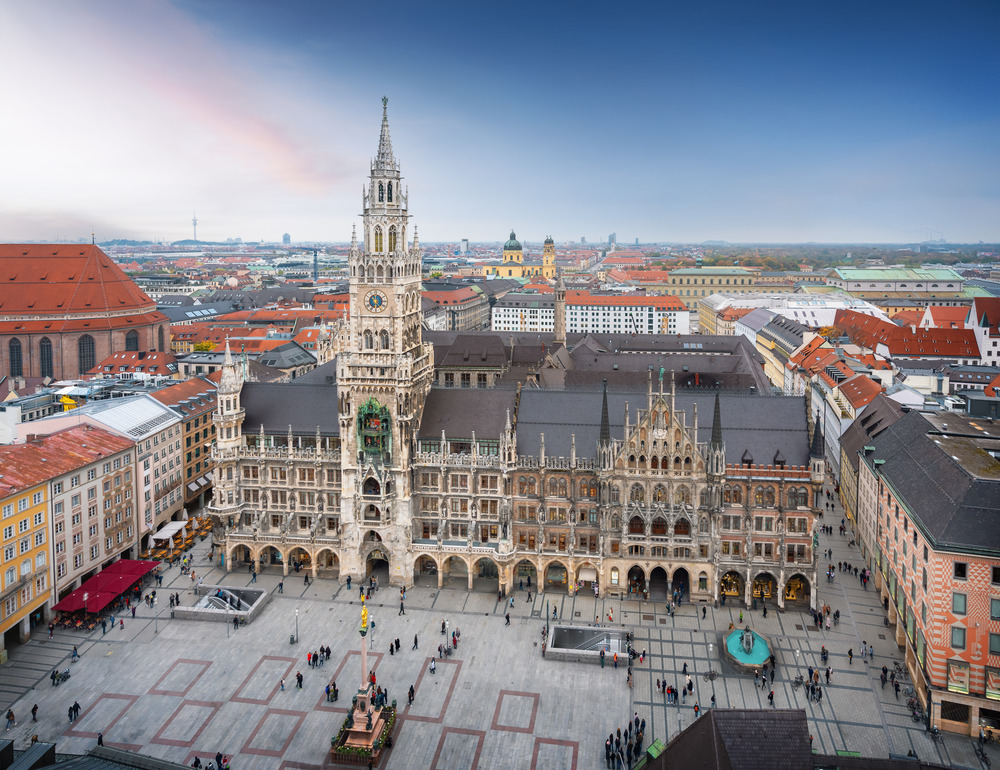
Marienplatz
The heart of Munich, Marienplatz is a bustling square surrounded by historic buildings, shops, and restaurants. The New Town Hall (Neues Rathaus) features a famous Glockenspiel that performs daily, attracting crowds of onlookers.
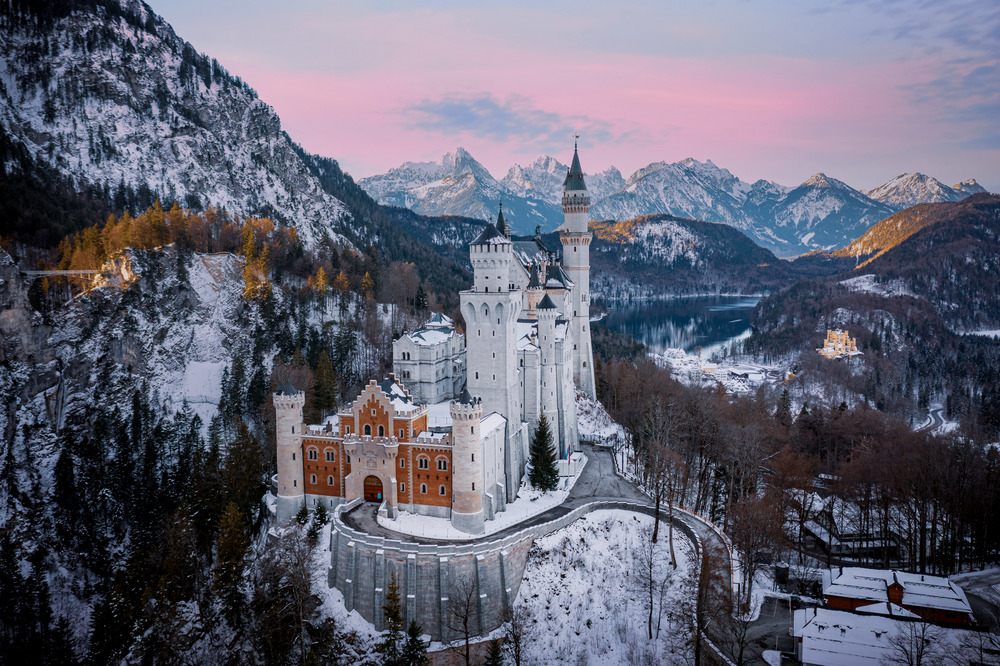
Neuschwanstein Castle
A short trip from Munich, Neuschwanstein Castle is a fairy-tale palace that inspired Disney’s Sleeping Beauty Castle. Nestled in the Bavarian Alps, it offers stunning views and a glimpse into the romantic vision of King Ludwig II.
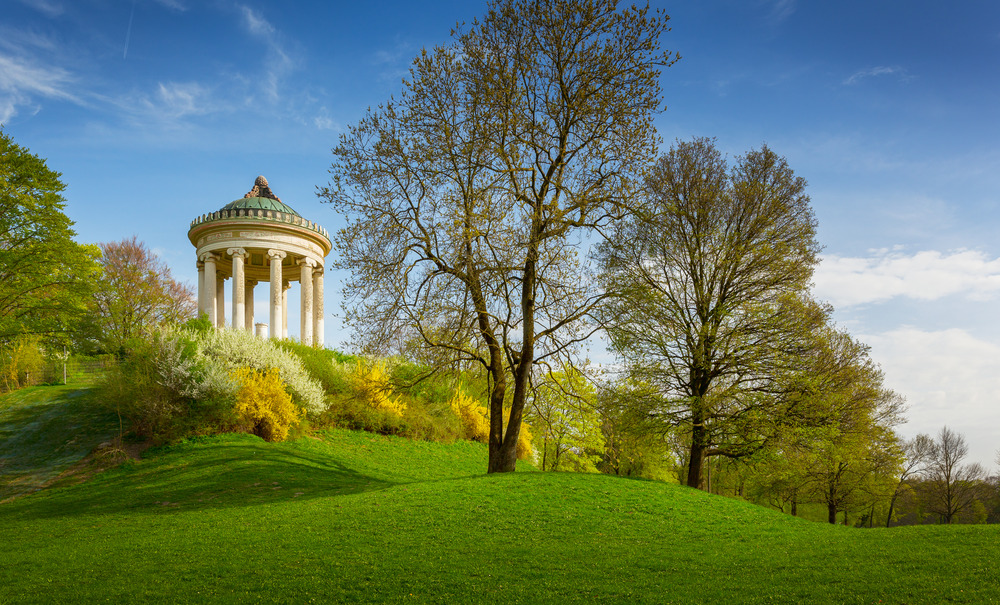
English Garden
One of the largest urban parks in the world, the English Garden is a green oasis in the heart of Munich. Visitors can enjoy leisurely walks, rent paddle boats, and even watch surfers ride the Eisbach wave.

Munich Residenz
The former royal palace of the Bavarian monarchs, the Munich Residenz is a grand complex with opulent rooms, stunning courtyards, and extensive gardens. It houses several museums and is a testament to the city’s rich history.





